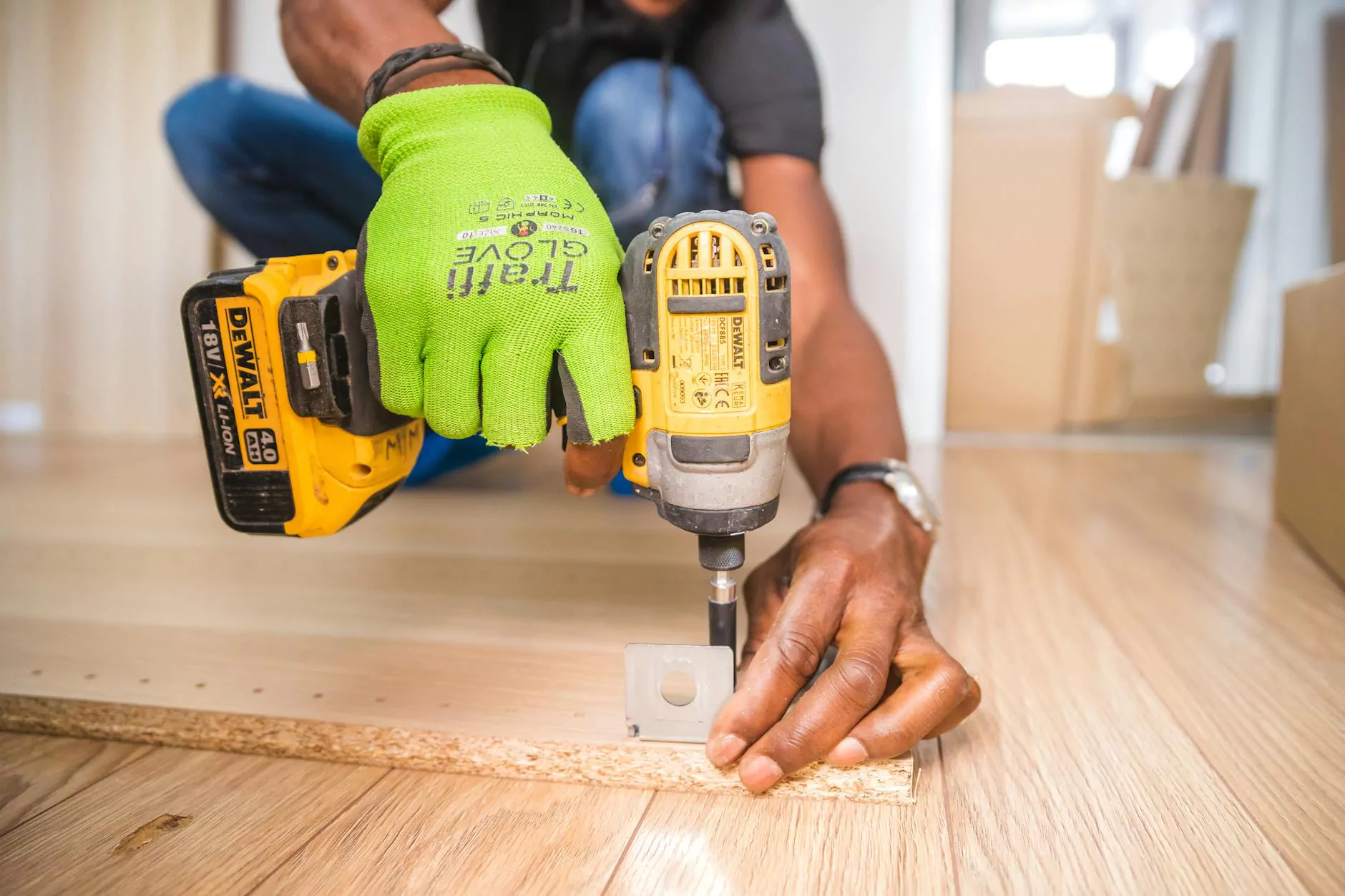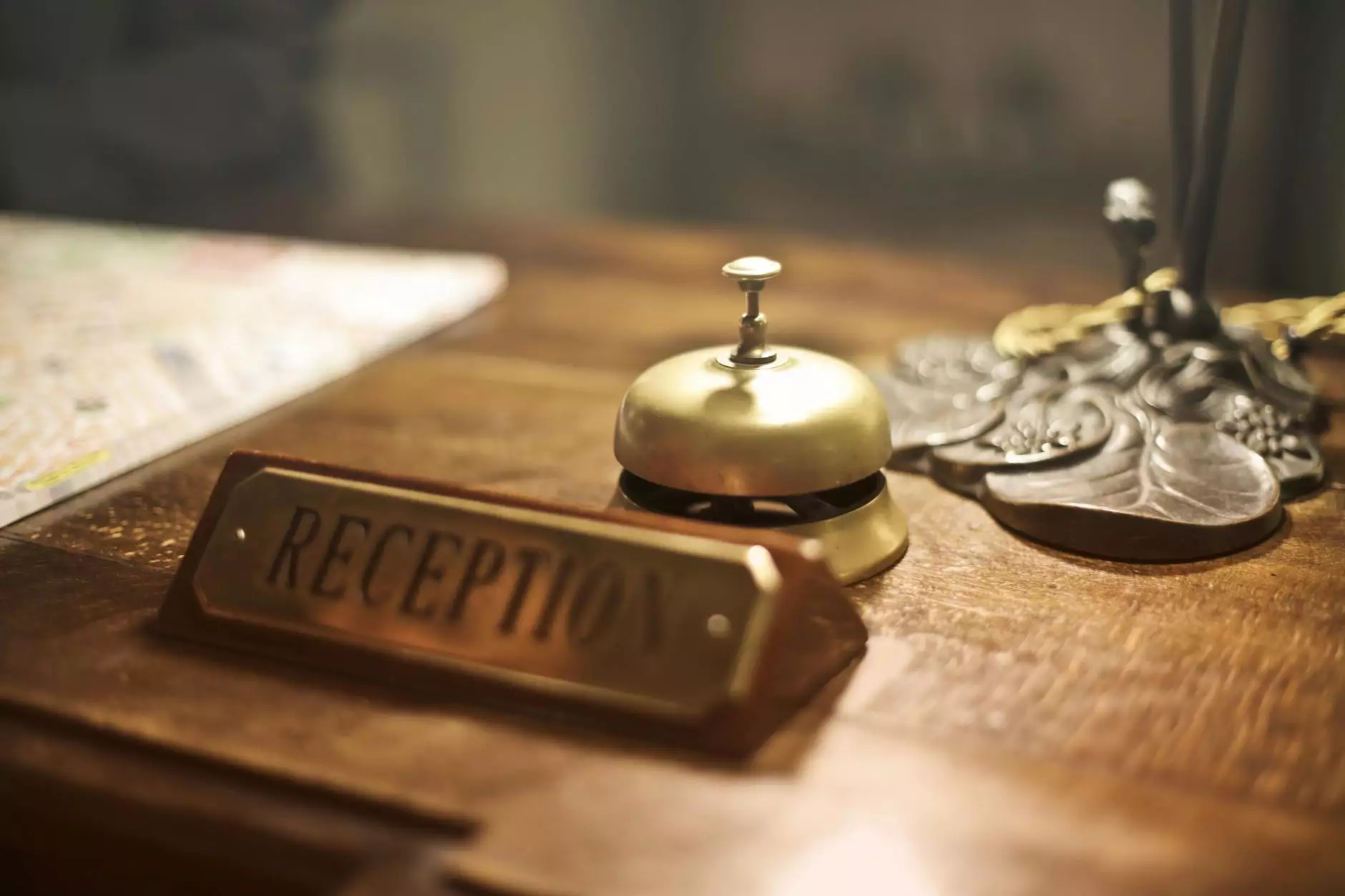Polishing Marble Floors Yourself: A Comprehensive Guide

Marble floors bring elegance and sophistication to any home or business space. However, over time, they can lose their luster due to dirt, stains, and wear and tear. Fortunately, you can restore the beauty of your marble floors by polishing them yourself. This article will provide you with detailed instructions, necessary tools, and expert tips to achieve a professional-looking finish right in the comfort of your home.
Understanding Marble and Its Properties
Marble is a metamorphic rock that originates from limestone. It is primarily composed of calcite, a form of calcium carbonate. This beautiful stone is known for its unique patterns and shades, which can vary significantly from slab to slab. Understanding its properties is crucial for effectively polishing marble floors yourself.
Key Characteristics of Marble
- Porosity: Marble is porous, which means it can absorb spills and stains if not properly sealed.
- Softness: Compared to other stones, marble is relatively soft and can scratch easily. This requires using the right products and techniques during polishing.
- Heat Resistance: Marble can withstand heat quite well, but it is not entirely heatproof. Care should be taken to avoid placing hot items directly on the surface.
- Color Variations: Because of its formation, marble exhibits a range of colors and veining, making each piece unique.
Why Polish Marble Floors Yourself?
Many homeowners and business owners often consider polishing marble floors themselves for several reasons:
- Cost Savings: Professional polishing services can be expensive. Doing it yourself saves money while enabling you to achieve the desired results.
- Convenience: You can choose your own schedule and complete the job at your own pace, without relying on professional scheduling.
- Personal Satisfaction: There's a great sense of accomplishment that comes from successfully restoring your floors on your own.
- Quality Control: You have complete control over the products and techniques used, ensuring they meet your standards.
Essential Tools and Supplies for Polishing Marble Floors
Before diving into the process, gather the necessary tools and supplies. Here is a comprehensive list:
- Marble Polish: Choose a high-quality marble polish that is safe for your flooring type.
- Soft Cloths or Microfiber Towels: For applying polish and buffing.
- Diamond Polishing Pads: If your floors are heavily scratched or dull, diamond pads can help restore shine.
- Water Bucket: For mixing cleaning solutions as needed.
- Sponge or Mop: For applying cleaning solutions and polishing agents.
- Sealant (optional): For protecting your marble after polishing.
Step-by-Step Guide to Polishing Marble Floors Yourself
Step 1: Clean the Floor Thoroughly
Before you start polishing, ensure the floor is clean. Sweep or vacuum up any dirt, dust, or debris. Follow this by mopping the floors using a marble-safe cleaner. Avoid acidic cleaners, as they can damage the stone.
Step 2: Assess the Damage
Determine the level of wear and tear on your marble. For minor scratches, a simple polishing cream may suffice. However, for deeper scratches or dullness, diamond polishing pads may be necessary.
Step 3: Apply Marble Polish
Using a soft cloth or microfiber towel, apply the marble polish according to the manufacturer's instructions. Make sure to work in small sections to ensure even application. Using circular motions can help in achieving a consistent finish.
Step 4: Buff the Surface
After applying the polish, allow it to dry for the recommended time. Once dry, buff the surface with a clean cloth or a buffing pad attached to a low-speed polisher. Move in circular motions to enhance the shine.
Step 5: Address Stains and Scratches
For stains, create a paste using baking soda and water, and apply it directly to the stained area. Cover it with plastic wrap and let it sit for a few hours. Remove the paste and rinse the area with clean water. For deeper scratches, you may need to use a diamond polishing pad and follow up with a polish.
Step 6: Rinse and Dry
Once you complete the polishing and buffing, rinse the floor with clean water to remove any residue. Allow the floor to dry completely before using it.
Maintaining Your Polished Marble Floors
To ensure your marble floors continue looking their best, follow these maintenance tips:
- Regular Cleaning: Sweep or vacuum regularly to remove dirt and debris. Use a damp mop with a pH-neutral cleaner.
- Avoid Abrasive Cleaners: Do not use vinegar or citrus-based cleaners, as they can etch the surface of the marble.
- Seal Your Floors: Consider applying a sealant every 6-12 months, depending on traffic and wear. This will protect against stains and scratches.
- Immediate Spill Cleanup: Wipe up spills immediately to prevent stains from setting in.
Conclusion
Polishing marble floors yourself can seem daunting at first; however, with the right tools, techniques, and a bit of patience, you can achieve stunning results that rival professional services. Not only does this preserve the beauty of your floors, but it can also significantly enhance the overall ambiance of your space.
Embrace the satisfaction of a job well done, and enjoy your beautifully polished marble floors that reflect your effort and care. Remember, consistency in maintenance is key to keeping them looking pristine for years to come!
For more information on home cleaning and maintenance, visit Zebedee Group to discover our comprehensive cleaning services including carpet cleaning and air duct cleaning.









